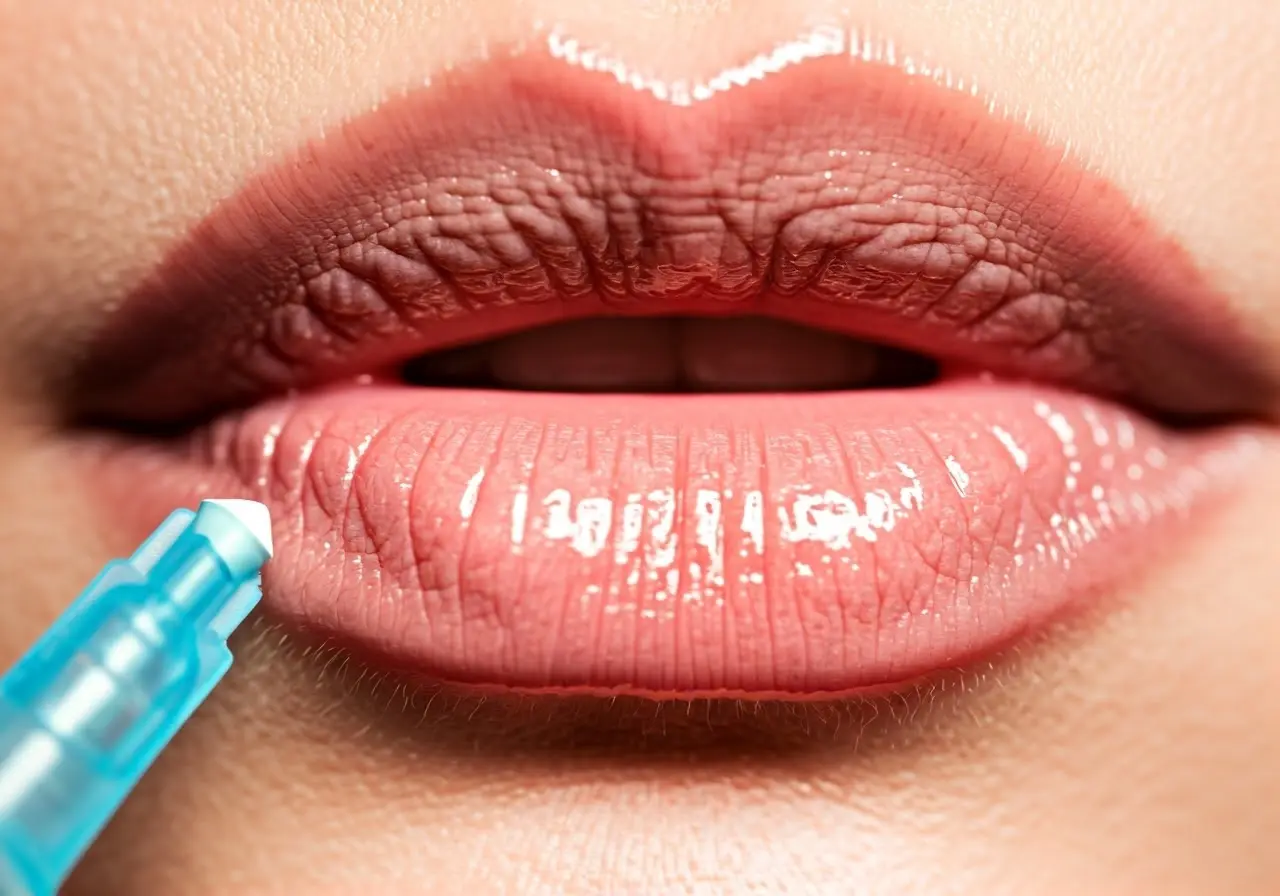Considering lip fillers and wondering how long those perfect, plump lips will last? You’re not alone! Lip fillers are a popular choice for enhancing your pout. This FAQ will guide you through everything you need to know about the longevity of lip fillers, keeping it simple and engaging.
What Are Lip Fillers?
Lip fillers are injectable substances used to add volume and shape to the lips. They are typically made from hyaluronic acid, a safe and natural component that can be absorbed by the body over time.
Hyaluronic acid is not only a popular choice due to its natural compatibility with our body, but also because it provides a more controlled and predictable augmentation. This ingredient is known for its ability to retain moisture, often holding up to a thousand times its weight in water, making it ideal for lip enhancements.
Lip fillers have surged in popularity, not just among celebrities, but everyday individuals seeking a touch of enhancement. They are quick and effective, requiring only a short office visit without the need for significant downtime.
How Long Do Lip Fillers Typically Last?
On average, lip fillers can last anywhere from 6 to 12 months. The duration depends on factors such as the type of filler used, your metabolism, and personal lifestyle choices.
The choice between filler types can significantly impact longevity. For instance, fillers with higher concentrations of hyaluronic acid might last longer due to their heightened water retention properties. However, it’s important to consider that individual results vary.
Your body’s metabolism plays a critical role in how long lip fillers last. Some people may notice their fillers fading within six months, while others continue to enjoy enhanced lips for up to a year or more. It’s all about how quickly your body breaks down the filler ingredients.
What Factors Influence the Longevity of Lip Fillers?
Several factors can affect how long your lip fillers last, including the type of filler, your skin type, exposure to UV rays, smoking, and your skincare regimen.
Your lifestyle choices, like frequent sun exposure, can speed up the breakdown of fillers. UV rays can increase the rate at which hyaluronic acid degrades, so using sunblock or wearing a wide-brimmed hat is beneficial.
Smoking is a major contributor to the faster breakdown of lip fillers. The repetitive pursing motion and exposure to smoke can reduce the longevity of the enhancements.
How Can You Prolong the Effect of Lip Fillers?
To extend the lifespan of your lip fillers, consider limiting sun exposure, keeping your lips hydrated, avoiding smoking, and following a healthy skincare routine.
Staying well-hydrated can help maintain the plump appearance of your lips. Hyaluronic acid fillers attract and bind water, so drinking plenty of water each day can support longer-lasting results.
Including antioxidants in your diet can be beneficial. Foods rich in omega-3 fatty acids, Vitamin C, and Vitamin E can help support skin repair and longevity, thus assisting in maintaining lip fullness.
When Is It Time for a Touch-Up?
If you notice a decrease in volume and definition, it may be time for a touch-up. It’s generally safe to get additional fillers every 6 to 9 months, but always consult with your cosmetic specialist for personal guidance.
Professional evaluations are essential—every individual’s lips respond differently, so an expert can provide advice tailored to your unique physiological makeup and desired outcomes.
During a consultation, a practitioner can discuss various treatments that may suit your needs and evaluate when a touch-up or different procedure might be beneficial.
Understanding the Longevity of Lip Fillers
Lip fillers can be a fantastic way to enhance your natural beauty, but it’s important to understand their temporary nature and the steps you can take to maximize their lasting power. Always consult with a trusted professional to create the best plan for your lip goals.

